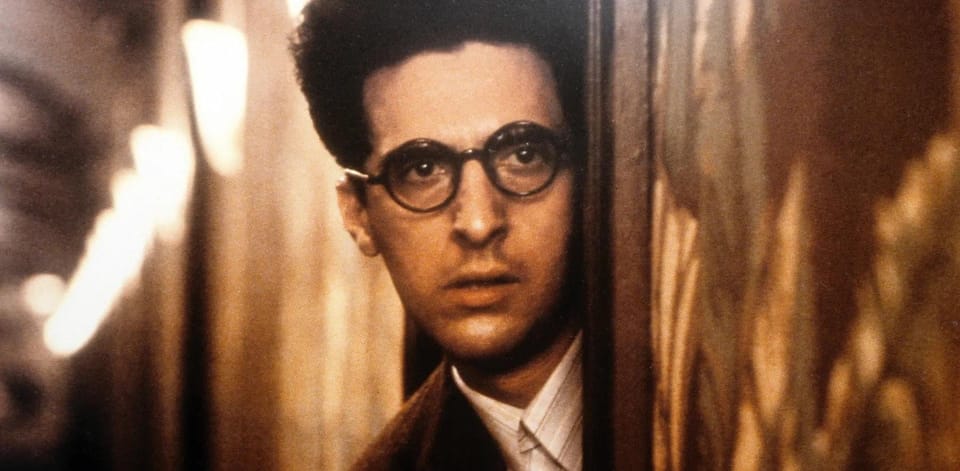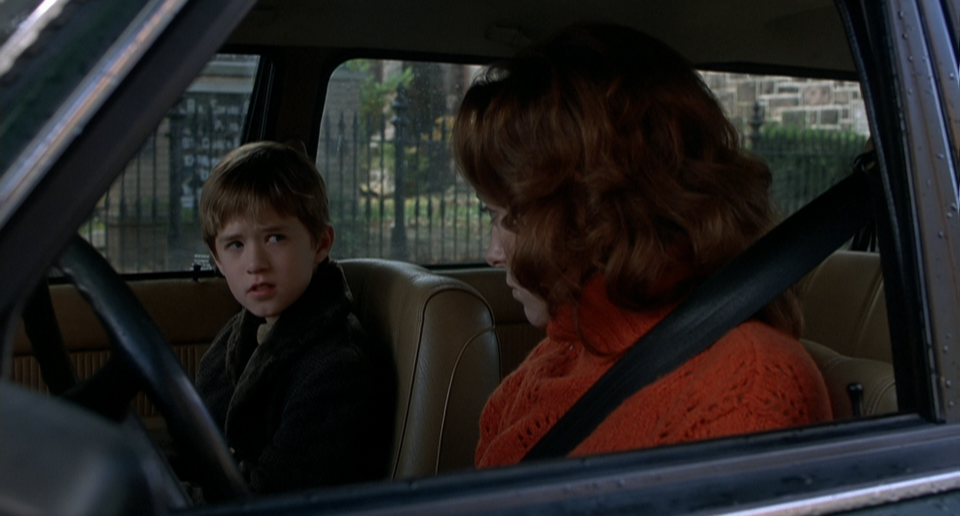Unified choices elevate the whole story.
Unified choices enhance each other. They answer why this character, in this plot, with this concept, and this ending.

The Story and Plot Weekly Email is published every Tuesday morning. Don't miss another one.
I have written previously about what I call my “pre-outline” phase of any project.
This is the stage where I make the most crucial decisions that will affect everything else in my screenplay.
From whatever my starting point, the pre-outline phase is when:
- I decide what story I am telling. That is, who changes and how.
- I decide on the dramatic question for my narrative.
- I identify five great scenes from the concept and genre.
When I am happy with all three steps, I know I have a viable project that I can commit to.
Over the years, I’ve learned that moving forward before that will make my job far more difficult and likely lead to an endless cycle of rewrites.
This is the step most are working through in the Story and Plot Pro Community, and as is the case with most people I work with (including myself), my job is primarily to push writers to make choices.
And while any choice is better than a non-choice, a unified choice is better than a random choice.
Unified choices enhance each other. They make each element of your screenplay stronger. They answer why this character, in this plot, with this concept, and this ending.
It is how a screenplay ends as one unified, emotionally gratifying story.
Don’t treat the growth as a character arc.
I’ve never liked the term “character arc” because it is often referred to in development as something separate from the story.
But your story doesn’t have character growth.
Your story IS character growth.
Referring to it as a character arc suggests it’s an interchangeable part. It is as if your protagonist is a cog in the engine rather than the engine itself.
Don’t treat your concept as simply a ride.
Whatever your conflict, concept, or plot is, it is the character’s journey makes us feel something.
Yes, we want it fun, scary, and thrilling. Of course! Whatever emotion it is that you want to evoke, go for it.
But the right character, at the right time, will magnify that emotional response. It is the difference between an audience unwilling to leave their seat and casually watching someone else play a one-player video game.
It is the emotional effect this plot has on these specific characters that deepens its meaning.
Independence Day and Godzilla.
Hank Azaria tweeted about 1998’s Godzilla, and I still think of that film as a heightened example of a character arc completely detached from the narrative.
The same team made Independence Day a few years earlier, one of my favorite first halves of a movie. In the film, Will Smith’s character always wanted to go to space, and in the end, he is able to. It kind of works because of the irony. He gets his wish, but he’s going to die up there to save the planet.
(Long story, but it turns out the aliens foolishly run their entire fleet on Windows ‘95 and are susceptible to a computer virus.)
In Godzilla, they tried the same trick again by having a character who always wanted to be a journalist, and they get a chance to be on camera to cover the event that killed 10,000+ people. Hooray!
It is an arc completely detached from the narrative surrounding it. And, predictably, it falls flat.
This is why I dislike approaching this transformation as a character arc. It makes us susceptible to this very thing.
I am rewriting an old screenplay of mine from 1998.
I mentioned this once in a previous email. It’s a high-concept, sci-fi film noir piece. I’ve optioned it three times over the years, all before 2010. Nicolas Cage was attached to star at one point when it was at Castle Rock, but obviously it never got made.
The producer wants to revive it, which seems like a good idea. It was always a well-regarded script, and this town has such turnover, with so many screenplays circulating, it would essentially be a new spec.
I reread it. It’s good. It’s a tight mystery. The concept is fun, and I can see why people liked it. A few months ago, however, I wrote about how I hadn’t fully exploited the emotion.
That’s true. But that’s not the biggest problem.
The biggest problem is that it has no real story.
It’s got the dreaded arc instead. It’s essentially an amnesia tale. He’s the best guy in the world, who forgets the last two months and discovers he did terrible things in that time.
He’s a great guy (again, the best!), who discovers he is not such a great guy, but then realizes he is not as bad as he thought.
I mean, it’s kind of something. But emotionally engaging, it is not.
The screenplay leans heavily into the concept (as it should), the mystery, the conspiracy, and all that stuff, which works great.
Which is why I optioned it three times.
But emotionally, it gets a D-.
Which is why it never sold outright or ever got made.
The producer wants a polish, but I need a rewrite.
I am just such a better writer than I was then, and there is so much work to do.
First things first, I needed to find a genuine story.
It’s a high-concept piece, so everything stems from that.
The dramatic question is solid, and with a clear concept, the great scenes are plenty. They’re written!
But the old draft feels like the most generic 90s action protagonist was just dropped in there.
Fortunately for me, I have now what I didn’t have then: a process. The exact process I teach and the same process we’re all going through in Story and Plot Pro.
One of the earliest steps of this process is to ask:
Who or what would be most affected by the choices you have already made?
In this case, I have a concept. So, who would be most affected by THIS concept?
A big reveal is that he chose this amnesia for himself.
It’s part of a mission where he would do some less-than-pleasant things, but he is such a good guy that he doesn’t want to remember any of it.
So, instead of leaning into the question, “What could have happened to make everyone dislike this perfect guy?”
I leaned harder into who would be the most affected by this concept.
Eventually, it hit me when I was in bed trying to sleep. I had to get up and write it down.
I think it’s a guy who struggles with intimacy! He doesn’t think he does. He thinks he’s protecting everyone around him. That’s what he tells himself anyway. But he’s just desperately holding up a facade of who he is.
He keeps secrets about how he is feeling, what terrible choices he has to make at work, and how much it weighs on him. He pretends everything is fine. But it isn’t. He puts on a great act, but he is increasingly secluded. His marriage is falling apart, and he doesn’t even realize it.
But now he is directly lying to himself.
He doesn’t know who he is anymore and realizes that this is the same treatment he’s been giving his wife!
His secrets are destroying everything he cares about, and the only way out is to reveal it all and face the consequences.
Essentially, it is a story of a man who struggles with genuine intimacy, and he learns to embrace it because everything he values in life requires it.
But the way he gets there REQUIRES this concept.
It tells me why THIS character, in THIS plot, in THIS concept.
They are finally all working together.
Will it work? I don’t know. I think so.
The fun of the concept and the mystery is still the thing, but the emotional journey is what I always hope allows it to land and resonate more deeply.
Approach your project like a crossword puzzle.
The connections are all related. As you make one strong choice, every other choice gets easier and easier.
Do it right, and those last few words should feel inevitable.
Great characters and great scenes are what it is all about.
But the order you put them in, and how each builds upon each other to heighten their worth, is how you elevate it and really make it sing.
Story and Plot.
I give away a lot of free content. I am immensely proud and gratified when someone shares with me how much just my social media posts helped their writing.
I do this for two reasons. First, I remember when a $.99 Whopper was a big expense. I get it. Not everyone can afford courses right away.
Second, it’s important to me to earn your trust—to show you what I can do before asking you to invest in a course with me.
I want my free stuff to be as good as anyone else’s paid stuff, but I want my courses to be transformational. And that’s guaranteed.
If you’re ready for the next steps…
The Story and Plot Weekly Email is published every Tuesday morning. Don't miss another one.
When you're ready, these are ways I can help you:
WORK WITH ME 1:1
1-on-1 Coaching | Screenplay Consultation
TAKE A COURSE
Mastering Structure | Idea To Outline




